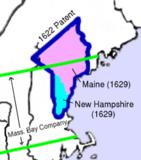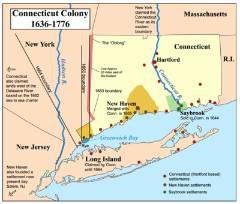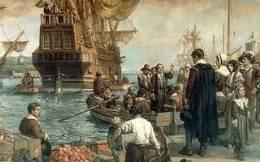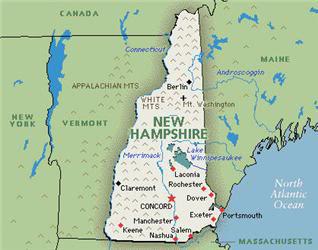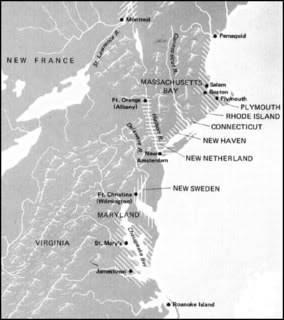History of Maine Image: Map of Early Maine The 1622 grant of the Province of Maine is outlined in blue. The Province of New Hampshire is shown in teal, and the colony of Maine is shown in pink. The boundaries of the Massachusetts Bay Company grant are shown in green. The Province of Maine refers to several English colonies of that name that existed in the 17th century along the northeast coast of North America, roughly encompassing portions of the present-day states of Maine, New Hampshire, Vermont, and the Canadian province of Quebec. The province existed through a series of land patents in several incarnations, the last of which was eventually absorbed into the Province of Massachusetts Bay.
